Tour de France: GC battle ready to reignite in Alpine double-header - Preview
'There are complex days ahead,' says overall runner-up Fabio Aru
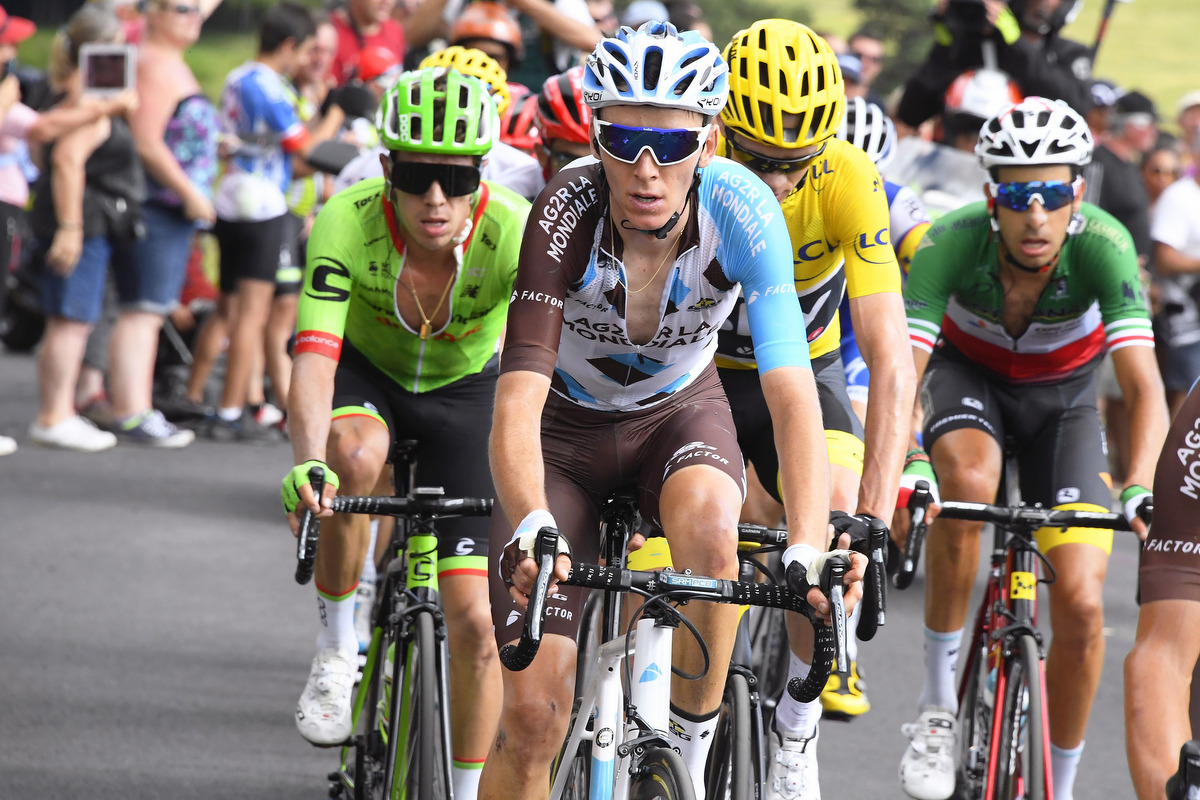
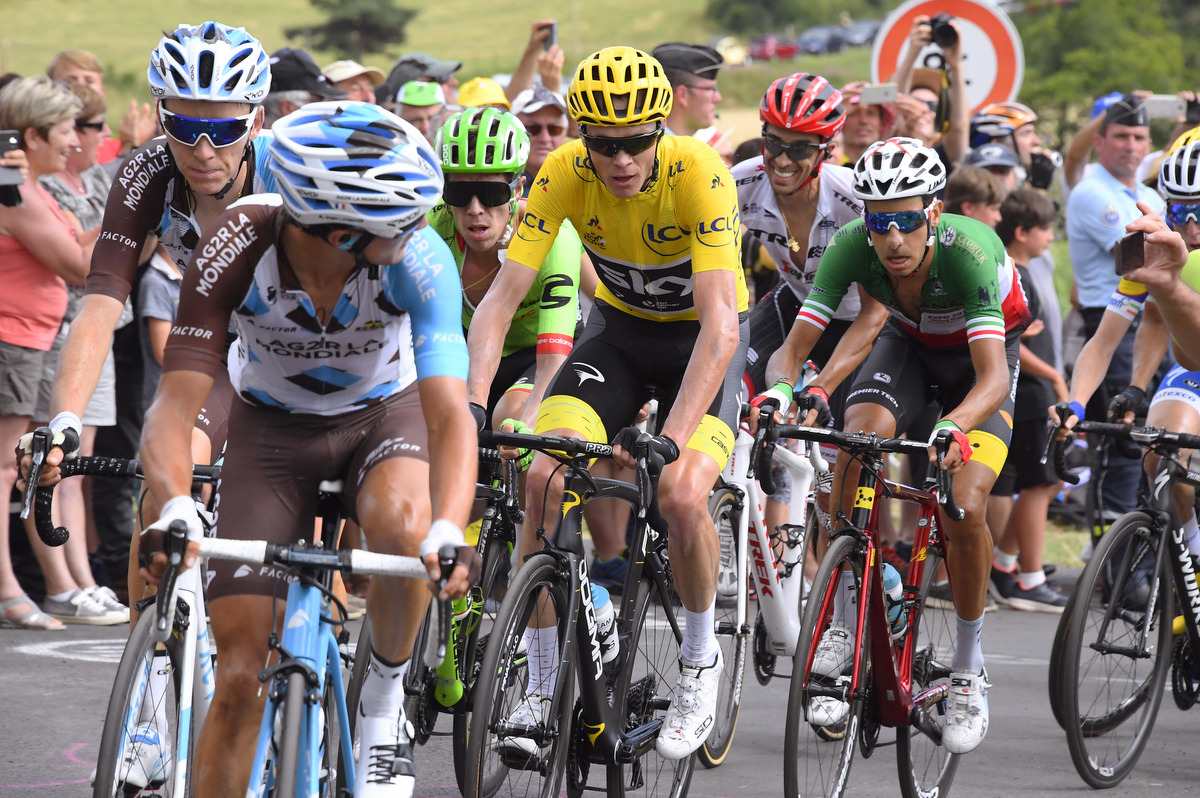
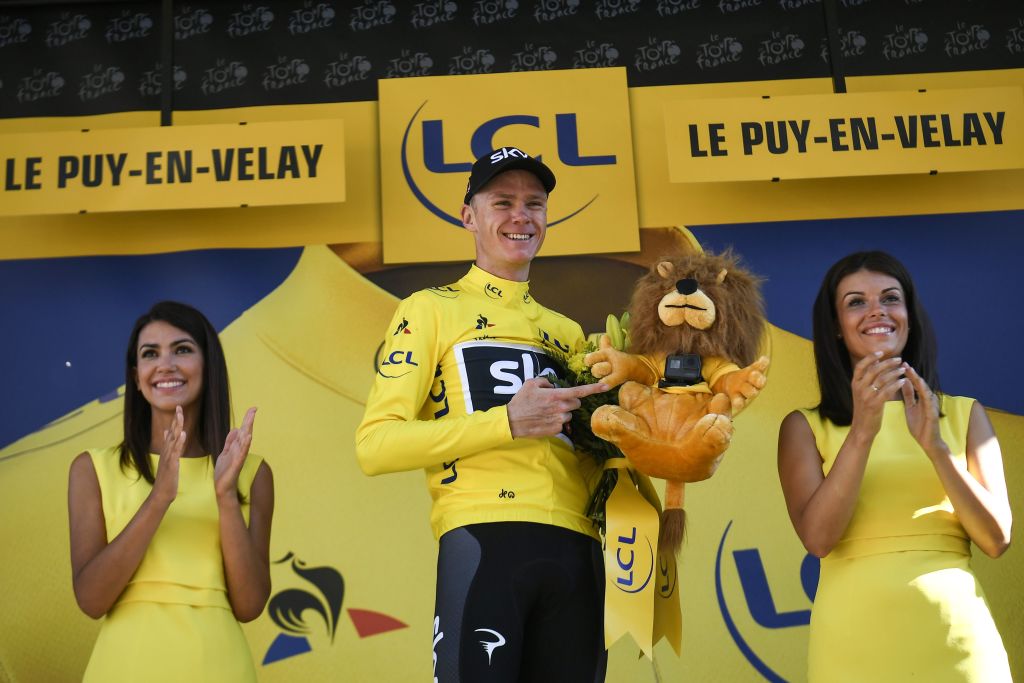
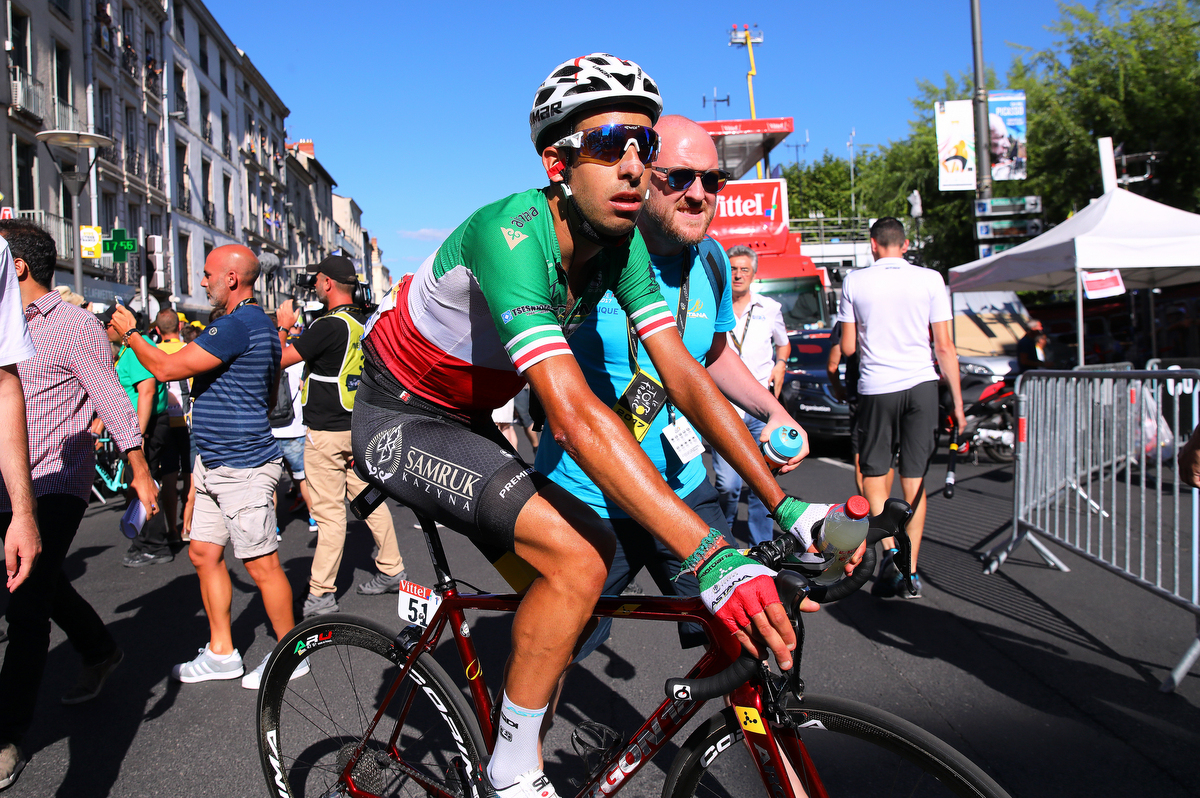
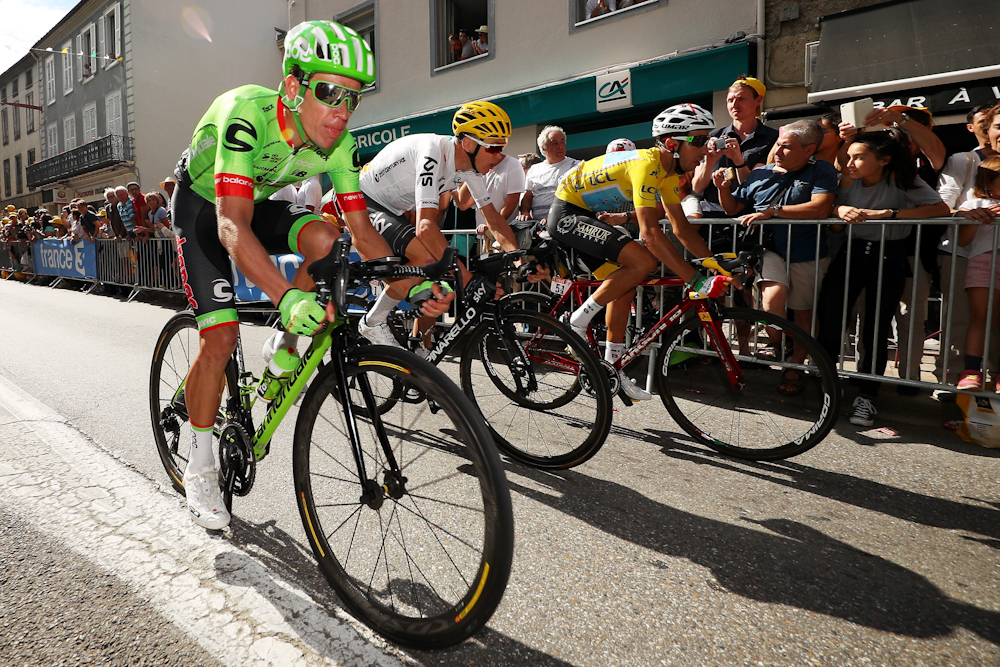
On July 16, 1960, the entire Tour de France peloton ceased hostilities and wheeled to a stop in Colombey-les-Deux-Eglises to acknowledge the President of France, Charles De Gaulle, who was standing among the spectators at the roadside. Ever since, it has become almost obligatory for France's heads of state to come and pay their respects to the moving fête nationale. In his first July in the Elysées Palace, Emmanuel Macron was hardly likely to miss out, and he is due to arrive on the Tour in Saint-Michel-de-Maurienne on Wednesday afternoon, 75 kilometres from the finish of stage 17, the first part of an Alpine doubleheader.
Waiting for the Tour de France - Gallery
Tour de France: Matthews wins stage 16
Tour de France: Stage 16 finish line quotes
Tour de France: Froome looks to Alps after surviving 'crazy' crosswind stage
Tour de France: Dan Martin loses ground in crosswinds on stage 16
Tour de France: Aru ready for Alpine showdown after fighting in echelons
Unlike when De Gaulle brought the entire Tour to a halt more than half a century ago, however, Macron's arrival might, in theory, coincide with the moment when the race for the maillot jaune truly ignites. He is scheduled sit into the lead car of race director Christian Prudhomme on the lower slopes of the Col du Télégraphe and travel over the mighty Col du Galibier to the finish of in Serre Chevalier. With Romain Bardet (AG2R La Mondiale) just 23 seconds down on Chris Froome (Team Sky) in third overall, Macron could even find himself handing the maillot jaune over to a fellow countryman on the podium.
Wednesday's leg to Serre Chevalier is the first of the Alpine doubleheader that should bring greater definition to the tightly-packed upper reaches of the general classification, where, after 16 stages and 2,829.5 kilometres of racing, just 29 seconds separate the top four overall. Fabio Aru (Astana) lies 18 seconds down in second with, Bardet and Rigoberto Uran (Cannondale-Drapac) just behind.
Read more on this article
- Simon Yates passes Tour de France crosswind test
- Tour de France: Aru ready for Alpine showdown after fighting in echelons
- Tour de France: Dan Martin loses ground in crosswinds on stage 16
- Tour de France: Froome looks to Alps after surviving 'crazy' crosswind stage
- Uran and Cannondale-Drapac stay 'tranquilo' as Tour de France shakedown nears
When the Tour route was unveiled in Paris last October, it was Thursday's summit finish atop the Col d'Izoard – a finale both novel and evocative – that caught the eye, but it would be foolhardy to underestimate the rigours of stage 17, which brings the Tour to its highest point, the Col du Galibier, some 2642 metres above sea level.
AG2R La Mondiale manager Vincent Lavenu dismissed the idea that the pretenders to the maillot jaune, Bardet included, would ride conservatively on the first Alpine stage in order to spare themselves for the demanding haul up the Izoard. "You can't wait," Lavenu said. "If there's an opportunity, you have to take it."
The lie of the land
After the short and explosive Pyrenean stage to Foix last week, Wednesday's slow-burning 183-kilometre leg from La Mure seems more in keeping with the tenor of a classic Tour mountain stage. The category 2 Col d'Ornon (5.1km at 6.7%) provides something of a preamble, while the interminable, hors categorie Col de la Croix de Fer (24km at 5.2%) begins the softening-up process in earnest, even if the summit is too many kilometres – 110 – and too much valley road from the finish for any of the overall contenders to show their hands in person.
Get The Leadout Newsletter
The latest race content, interviews, features, reviews and expert buying guides, direct to your inbox!
The long descent off the Croix de Fer and the flat roads that follow offer some respite, but combination of the Télégraphe and Galibier that follows is a brutal combination, particularly if the two strongest climbing units in the race, Sky and AG2R La Mondiale, look to wind up the pace early.
The category 1 Col du Télégraphe rises for 11.9 kilometres at 7.1%, and is followed by only the shortest of descents towards Valloire before the centrepiece of the stage, the Col du Galibier. The length (17.7 kilometres) and gradient (6.9%) are daunting enough, but the sheer altitude of the Galibier makes it a challenge like few others, particularly on this Tour, where the route has eschewed many of the great mountain passes in favour of newer ascents.
"We'll reach altitudes we haven't reached before now, and I think none of us know how it will go. There are complex days ahead," Aru warned during Monday's rest day.
At the past two editions of the Giro d'Italia, the rarefied air of the highest passes has brought a new dimension to the race – witness how Alejandro Valverde's challenge crumbled above 2,000 metres in 2016 – and it will be fascinating to see if the altitude can separate the top four in ways that steeper climbs could not.
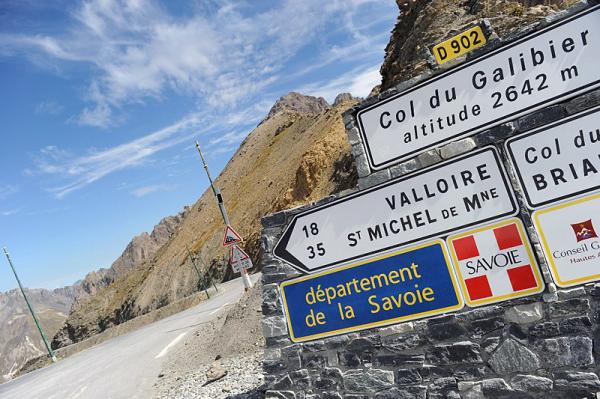
Strength in numbers
The accumulated fatigue should, in theory, mean that there are fewer riders in the front group come the final haul up the Galibier, though as the dying days of the 2016 Tour showed, tired legs also make for conservative racing. So, too, does the phenomenon of riders beginning to cling to what they have. Simon Yates, sixth at 2:03, and Dan Martin, seventh at 2:03, might have leeway from Froome to go on the offensive on Wednesday, but the men directly in front of and behind them will be loath to allow them to sally clear.
Much will depend, too, on the attitudes of the teams who have been dictating terms and conditions in the high mountains thus far, Team Sky and AG2R La Mondiale. Sky followed two very different approaches on the two days in the Pyrenees. On the road to Peyragudes, they employed their traditional catenaccio tactic of riding at the head of the peloton, and the startling strength of Mikel Landa, Michal Kwiatkowski et al was enough to dissuade any attacks of substance until the final ramp to the finish.
A day later, having lost the jersey, Sky placed Landa in the early break, sent Kwiatkowski up the road to follow him, and then had an apparently struggling Froome launch an attack near the top of the final ascent for good measure. With Landa still only 1:17 down in fifth, of course, Sky have two riders in the hunt for yellow, and even if the hierarchy is very clear, the Basque – set to leave the team in 2018 – will hardly hesitate to seize any opportunity that arises.
AG2R La Mondiale, meanwhile, seemed to tear a page from the Sky playbook on the Col de Peyra Taillade on Sunday afternoon, and with Mathias Frank and Alexis Vuillermoz by his side, Bardet should not want for support on the Télégraphe and the early portion of the Galibier. By the upper reaches of the final climb, however, Lavenu reckons the podium contenders will be left to their own devices.
"The work of the teams will be done on the Télégraphe to the foot of the Galibier, and then the big riders will want to express themselves there," Lavenu said on Tuesday. "We hope that Romain will be at the level that he's been at up to now, up there with the best and – why not? Why not? – do something tomorrow."
With a 23-kilometre time trial to come on the penultimate day in Marseille, Froome can add a hypothetical minute – at least – to his current buffer. The three-time Tour winner can afford to follow, but Aru and Bardet, in particular, can have no such luxury. They must attack or risk running out of road.

Barry Ryan was Head of Features at Cyclingnews. He has covered professional cycling since 2010, reporting from the Tour de France, Giro d’Italia and events from Argentina to Japan. His writing has appeared in The Independent, Procycling and Cycling Plus. He is the author of The Ascent: Sean Kelly, Stephen Roche and the Rise of Irish Cycling’s Golden Generation, published by Gill Books.